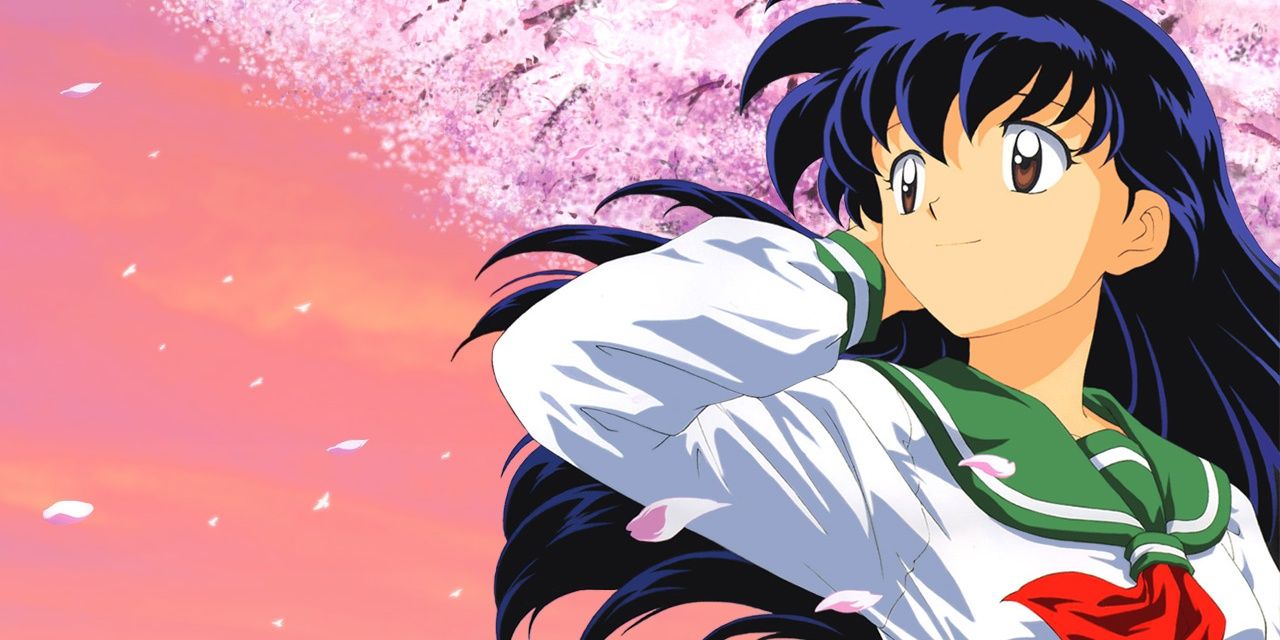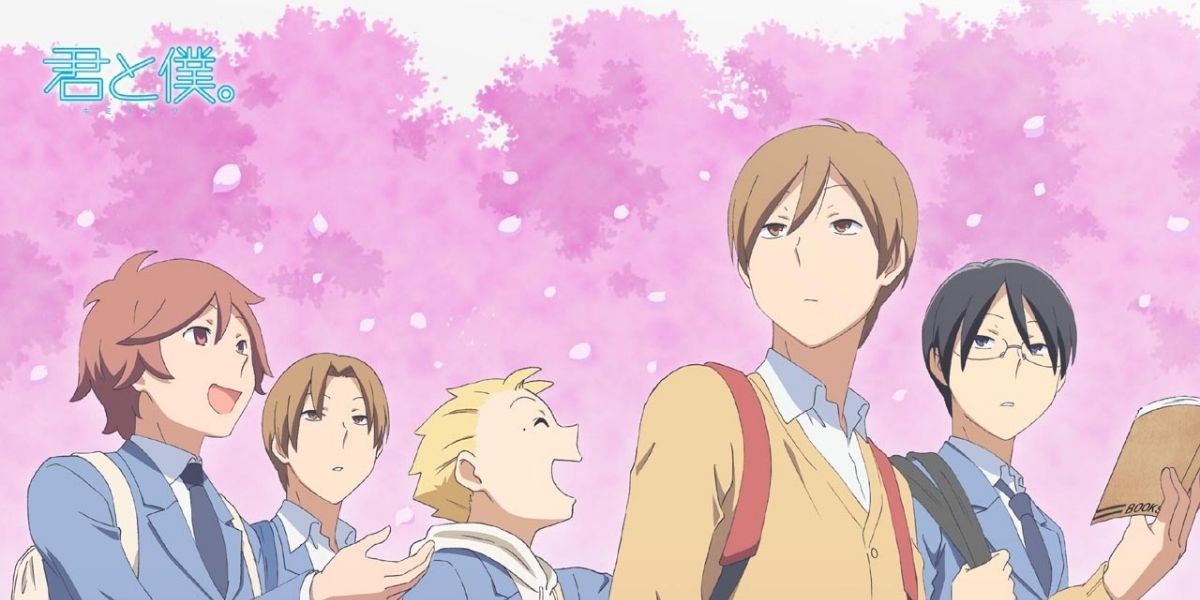The arrival of spring in Japan is marked by the blossoming of cherry blossoms, known as sakura in Japanese. Every year, people flock to local parks to sit under the flowers and have picnics, as the flowers fade after about two weeks. Trees are so iconic that they often appear in anime to signal the spring season and the start of a new school year. It is also common for girls to be called Sakura, like the title character of card captor sakura and the pink-haired kunoichi from narutoor be called Sakurako, with ko being a common feature of female Japanese names.
Today, sakura are more popular than ever; They are commonly planted outside schools, in parks, at shrines and temples, and on graves and cemeteries. Seasonal foods like sakura teas and even KitKats are created to celebrate the blossom. It is common to have sakura designs for weddings and other celebrations as they are a sign of new beginnings and possibilities. In anime, they are often shown when a character starts a new school or begins a new academic year, so much so that it has become a rhetorical reference in other media. They have become a sign of good luck and fortune.

At one point, sakura flowers were a symbol of frailty and a quick end due to how quickly they bloom and fall. It was common to refer to relationships that ended quickly after being formed as sakurazame — the moment when the flower falls from the tree. From around the Feudal Period to the beginning of the Edo Period, sakura blossoms were considered unlucky due to their fragility, especially in terms of romance and marriage.
Part of the reason for these negative feelings towards such a beautiful pink flower could stem from a morbid legend. The similarities between death and cherry trees have been a part of Japanese literature for years, but few could imagine how close the two could be. It has been said that the corpses are buried under the sakura trees. In a story, “Under the cherry tree” by Motojiro Kaiji, the opening line reads: “The corpses are buried under the cherry trees!”
The origin of this legend is not clear, but many associate its beginning with this story. It is speculated that the line is a reference to Hanami, or flower-gazing, but some think it’s more literal. The line became so popular and well known that it was used as the basis for the title of the series. A corpse is buried under Sakurako’s feet.also know as Beautiful Bones: Sakurako’s Investigation.

This association with death comes not only from how quickly flowers come and go, but also from how early samurai tend to die. Because samurai were expected to give their all to their lords, adhering to a strict moral code, they tended to die quite young. They were supposed to hold their heads high and die honorably on the battlefield. If they were accused of violating their moral code, they were expected to commit seppuku, cutting themselves through the stomach. Due to the short lifespan of these samurai, sakura became associated with them and would later become the iconography of kamikaze fighters in World War II, who were also destined to give their lives for their emperor.
As beautiful as flowers are, there will always be this haunting association with death in the back of many people’s minds. The historical and literary fusion of sakura and death has become so ingrained that there is a bittersweet feeling in looking at the petals as they fall. They are a sign that life is fragile and can end suddenly without warning. They are a symbol of how fleeting life can be and how people should enjoy the time they have left with the people they love.
read next
About the Author

